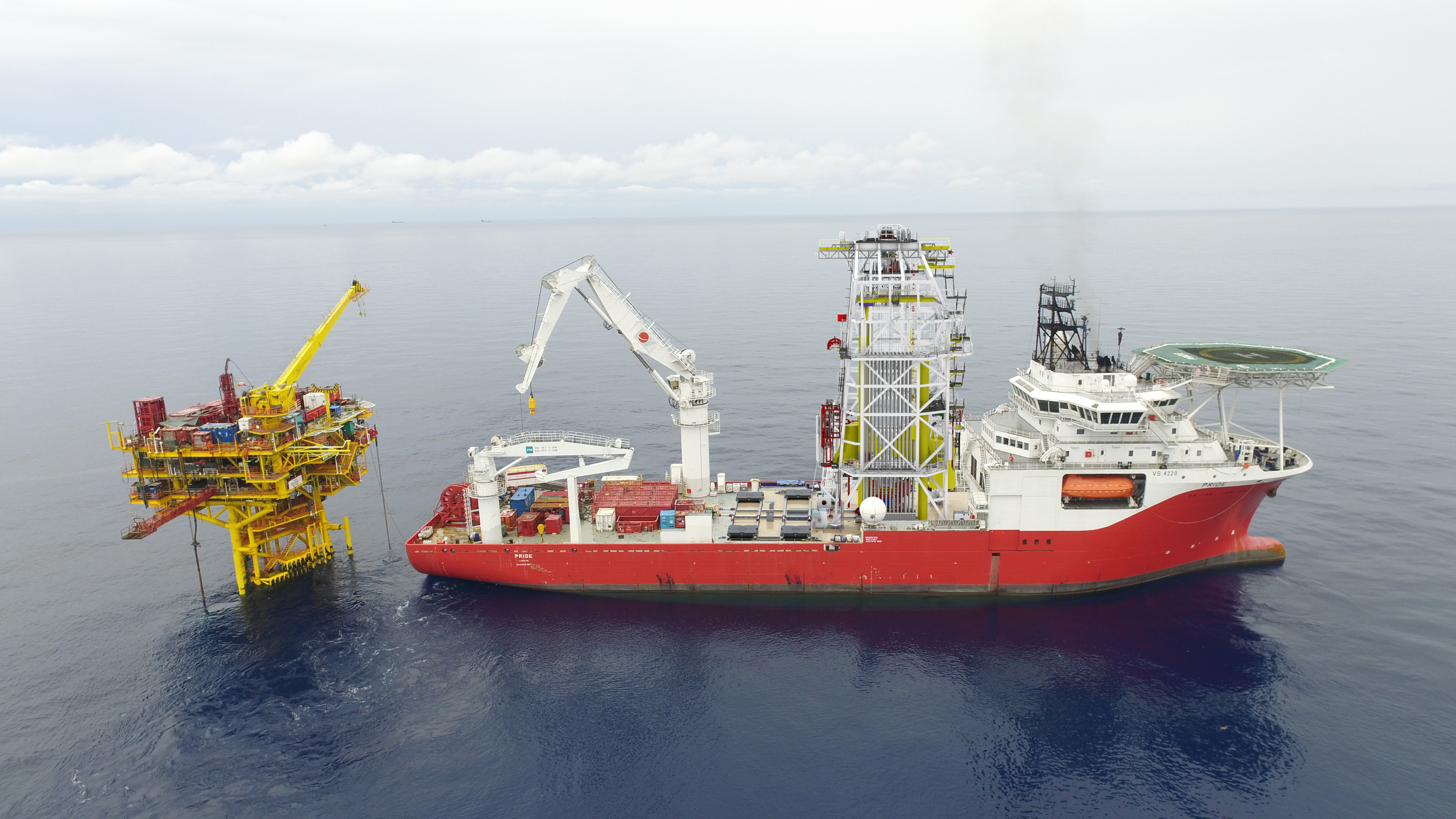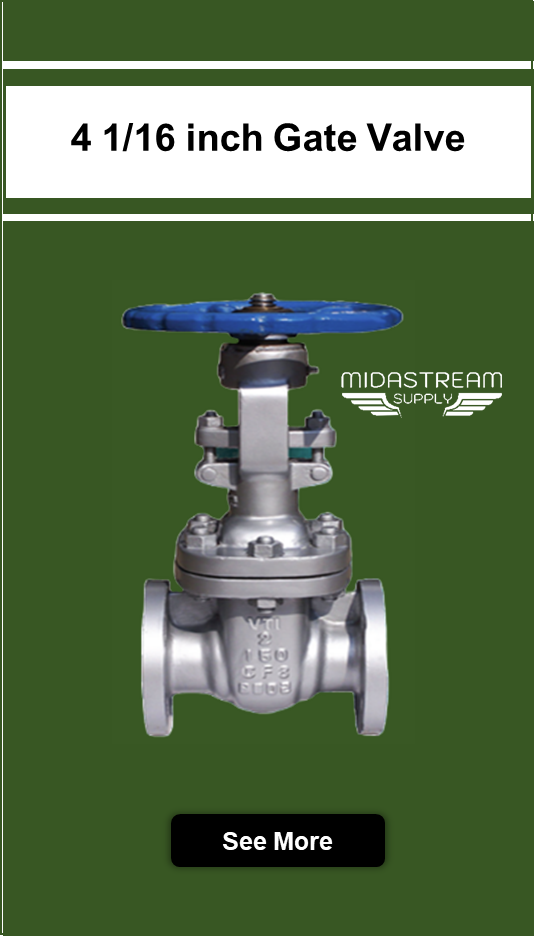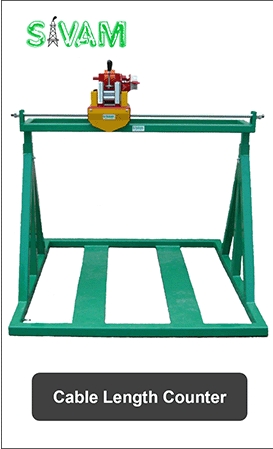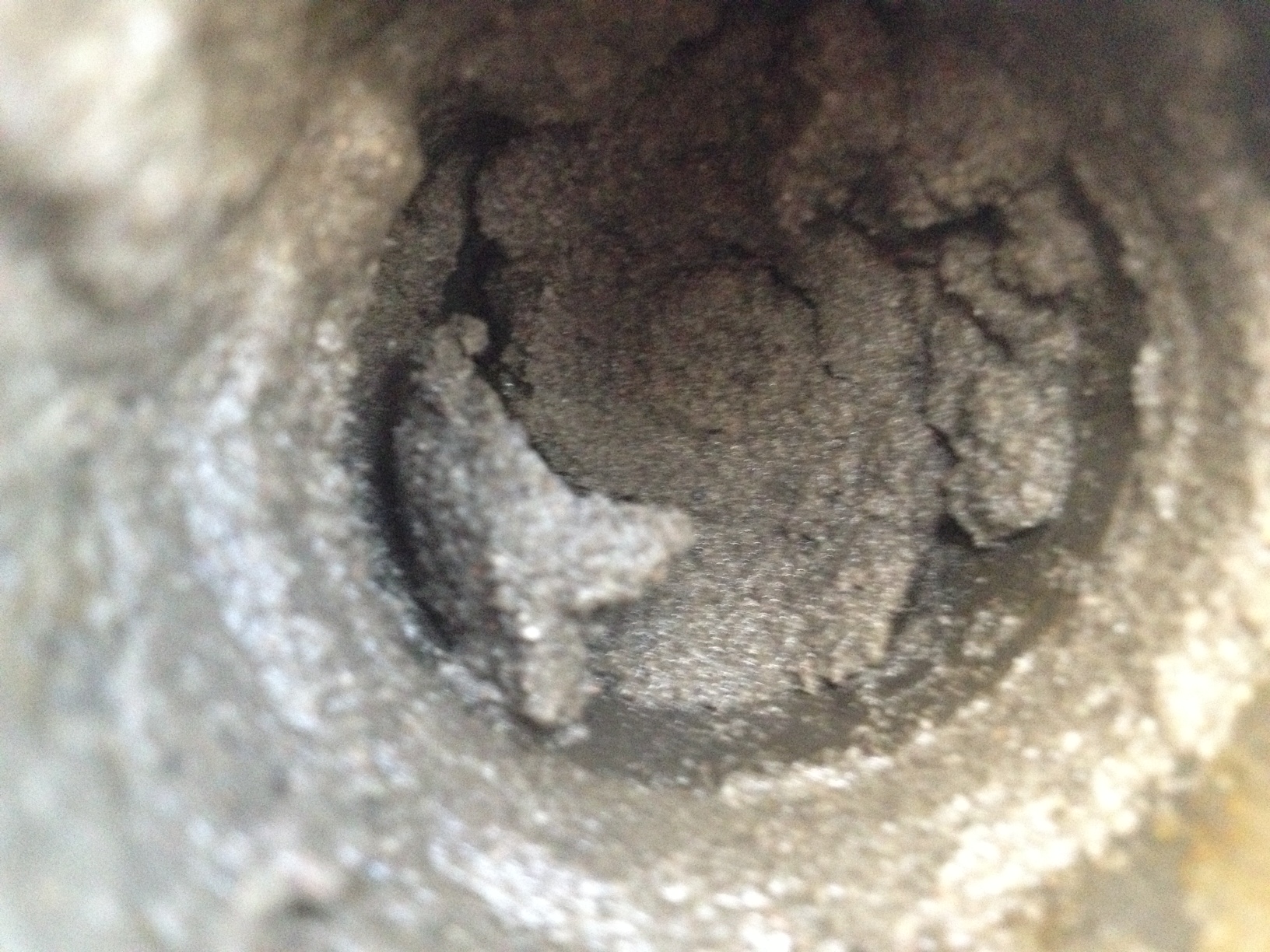
Light Intervention Vessel (LIV)
A light intervention vessel (LIV) is a type of ship that is specifically designed to support light subsea operations such as well intervention, maintenance and repair, and construction activities. It typically has a large deck area for cargo and equipment, a moonpool, and a dynamic positioning system that allows the vessel to maintain its position in relation to a subsea structure. It is also equipped with a subsea crane and/or ROV (Remotely operated vehicle) launch and recovery systems. The accommodation quarters for crew and passengers are also available.
The typical light intervention vessel has several key components, including: • The hull: The hull of a light intervention vessel is the watertight bottom and sides of the ship that are designed to float and keep the ship stable. It is typically made of steel or aluminum and is designed to be able to withstand the loads and stresses that are applied to it. • The deck: The deck of a light intervention vessel is the flat top surface of the ship that is designed to support cargo, equipment, and personnel. It is typically made of steel or aluminum and is designed to be able to withstand the loads and stresses that are applied to it. • The moonpool: The moonpool of a light intervention vessel is an opening in the ship's hull that allows ROVs and other subsea equipment to be launched and recovered. It is typically made of steel or aluminum and is designed to be able to withstand the pressure of the water at depth. • The dynamic positioning system: The dynamic positioning system of a light intervention vessel is the component that allows the vessel to maintain its position in relation to a subsea structure. It typically consists of a combination of thrusters, propellers, and sensors that are controlled by a computer system. • The subsea crane and/or ROV launch and recovery system: The subsea crane and/or ROV launch and recovery system of a light intervention vessel is the component that is used to launch and recover ROVs and other subsea equipment. It is typically made of steel or aluminum and is designed to be able to lift heavy loads and to rotate in multiple directions.
The engineering specifications for a light intervention vessel are: • Length range: typically from 100 to 250 ft • Gross tonnage range: typically from 500 to 10,000 • Speed range: typically from 10 to 15 knots • Deadweight tonnage range: typically from 1,000 to 10,000 • Standard: ABS (American Bureau of Shipping) or DNV GL (Det Norske Veritas Germanischer Lloyd)
A light intervention vessel (LIV) is a type of ship that is specifically designed to support light subsea operations such as well intervention, maintenance and repair, and construction activities. It is typically equipped with a large deck area, a moonpool, and a dynamic positioning system. LIVs are known for their power, durability, and efficiency. They are designed to be able to withstand the loads and stresses that are applied to them and to resist wear and tear and corrosion over time. They are also equipped with safety features such as fire-fighting systems, lifeboats, and emergency generator to ensure the safety of the crew and passengers. With the use of advanced technology, such as dynamic positioning systems and ROVs, these vessels can be operated more safely and efficiently.
You may also like
Image from https://www.expro.com/products-services/subsea/light-well-intervention-vessel
Image from https://www.maersksupplyservice.com/portfolio-items/angola-light-well-intervention-campai
The goal for 'Ballycatter Tech' is giving high value content and offering the best experience every day.





